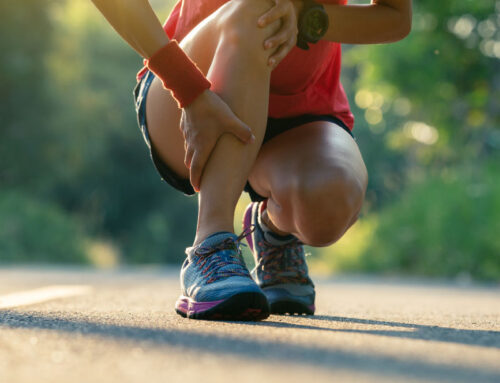A new school year is beginning, and many students are walking around with backpacks full of books and supplies. The weight and design of book bags can significantly impact a student’s spinal well-being. Here at Livingston Chiropractic in Livingston, NJ we often see students with back pain because of the book bags they wear. Dr. Ralph is happy to help students relieve their pain, but he’d rather share some tips to prevent pain.
The Weight Concerns
It’s no secret that students often carry a heavy load of textbooks, notebooks, laptops, and other school essentials. Prolonged periods of carrying a heavy book bag can lead to undue stress on the spine, potentially causing discomfort, pain, and even long-term spinal issues. To ensure optimal spinal health, a backpack should not exceed 10-15% of a student’s body weight.
Wearing a backpack incorrectly or carrying a heavy load can potentially cause strain and discomfort in your spine and back muscles. Here’s how it can happen:
Excess Weight: Carrying a backpack that is too heavy places additional stress on your spine and back muscles. This can lead to muscle fatigue, strain, and even improper spinal alignment.
Uneven Weight Distribution: If your backpack’s weight is not evenly distributed, it can cause your spine to twist or lean to one side, leading to discomfort and potential long-term issues.
Poor Posture: Carrying a heavy backpack can encourage poor posture as you might lean forward to balance the weight. This can strain the muscles in your back and neck and put added pressure on your spine.
Pressure Points: If the straps of your backpack are too tight or if the backpack lacks proper padding, it can create pressure points on your shoulders, upper back, and lower back. Over time, this can cause pain and discomfort.
Nerve Compression: Carrying a heavy backpack can potentially compress nerves in your shoulders and upper back, leading to pain and discomfort that radiates down your arms.
Tips for Promoting Spinal Health
Choose the Right Bag: Opt for a backpack with padded shoulder straps, a padded back, and a waist strap. These features distribute the weight more evenly, reducing strain on the spine.
Proper Weight Distribution: Encourage students to distribute the weight evenly within the bag. Heavier items should be placed closer to the back to maintain balance and prevent unnecessary strain.
Use Both Straps: Wearing the backpack with only one strap can lead to uneven weight distribution and strain on one side of the body. Encourage using both shoulder straps to evenly distribute the load.
Adjust the Straps: Regularly check and adjust the shoulder straps to ensure a snug fit. The backpack should sit comfortably on the back, with the bottom of the bag resting near the hips.
Organize and Prioritize: Teach students to organize their bags, placing frequently used items in easily accessible compartments. This reduces the need to carry unnecessary weight and promotes better spinal alignment.
Lighten the Load: Consider using electronic devices or e-books when possible to reduce the number of physical books carried. Encourage students to take breaks and store unnecessary items in a locker.
Strengthen Core Muscles: Engaging in regular physical activity and exercises that strengthen the core muscles can help support the spine and reduce the risk of strain.
The connection between book bags and spinal health is a crucial aspect of a student’s well-being that shouldn’t be ignored. By following these simple yet effective tips, students can significantly reduce the risk of spinal strain, discomfort, and potential long-term issues. Schedule an appointment today for tips on good spinal health for students or to get relief from back, neck, or joint pain.

